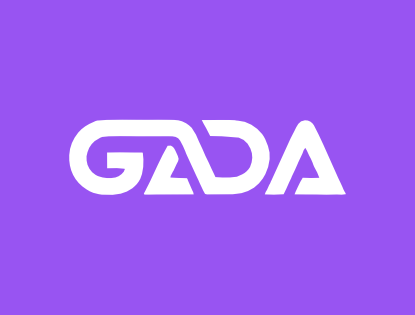*Bond issuance* is when an entity *(like a government, company, or organization)* borrows money from investors *by issuing a bond.*
*BOND ISSUANCE AND BLOCKCHAIN/STABLECOINS INTERSECT IN SEVERAL WAYS, AND IT STANDS AS AN AREA OF INNOVATION, EXPLORING NEW WAYS TO RAISE CAPITAL, MANAGE DEBT, AND FACILITATE TRANSACTIONS*
Here's a simplified breakdown:
- *What is a bond?*: A bond is like an *IOU.* The entity borrows money from investors and promises to repay them with interest.
- *How does it work?*: The entity issues bonds to raise funds for various purposes (e.g., projects, expansion, or debt refinancing). Investors buy these bonds, essentially lending money to the entity.
- *Investor benefits*: Investors receive regular interest payments and get their principal amount back when the bond matures.
- *Entity benefits*: The entity raises capital for its needs and agrees to repay the borrowed amount with interest.
*Bond issuance and blockchain/stablecoins*
- *Tokenized bonds*: Blockchain technology allows for the creation of tokenized bonds, where bonds are represented as digital assets on a blockchain. This can increase transparency, efficiency, and accessibility in bond markets.
- *Stablecoins as a payment method*: Stablecoins, which are cryptocurrencies pegged to a stable asset (like the US dollar), can be used to facilitate transactions related to bond issuance, such as payments or settlements.
- *Blockchain-based bond issuance platforms*: Some platforms use blockchain to issue, manage, and trade bonds, potentially reducing costs and increasing efficiency.
- *Increased transparency and security*: Blockchain technology can provide a secure and transparent record of bond ownership, transactions, and payments, reducing the risk of errors or tampering.
*BOND ISSUANCE AND BLOCKCHAIN/STABLECOINS INTERSECT IN SEVERAL WAYS, AND IT STANDS AS AN AREA OF INNOVATION, EXPLORING NEW WAYS TO RAISE CAPITAL, MANAGE DEBT, AND FACILITATE TRANSACTIONS*
Here's a simplified breakdown:
- *What is a bond?*: A bond is like an *IOU.* The entity borrows money from investors and promises to repay them with interest.
- *How does it work?*: The entity issues bonds to raise funds for various purposes (e.g., projects, expansion, or debt refinancing). Investors buy these bonds, essentially lending money to the entity.
- *Investor benefits*: Investors receive regular interest payments and get their principal amount back when the bond matures.
- *Entity benefits*: The entity raises capital for its needs and agrees to repay the borrowed amount with interest.
*Bond issuance and blockchain/stablecoins*
- *Tokenized bonds*: Blockchain technology allows for the creation of tokenized bonds, where bonds are represented as digital assets on a blockchain. This can increase transparency, efficiency, and accessibility in bond markets.
- *Stablecoins as a payment method*: Stablecoins, which are cryptocurrencies pegged to a stable asset (like the US dollar), can be used to facilitate transactions related to bond issuance, such as payments or settlements.
- *Blockchain-based bond issuance platforms*: Some platforms use blockchain to issue, manage, and trade bonds, potentially reducing costs and increasing efficiency.
- *Increased transparency and security*: Blockchain technology can provide a secure and transparent record of bond ownership, transactions, and payments, reducing the risk of errors or tampering.
0 Comments
0 Shares
42 Views


